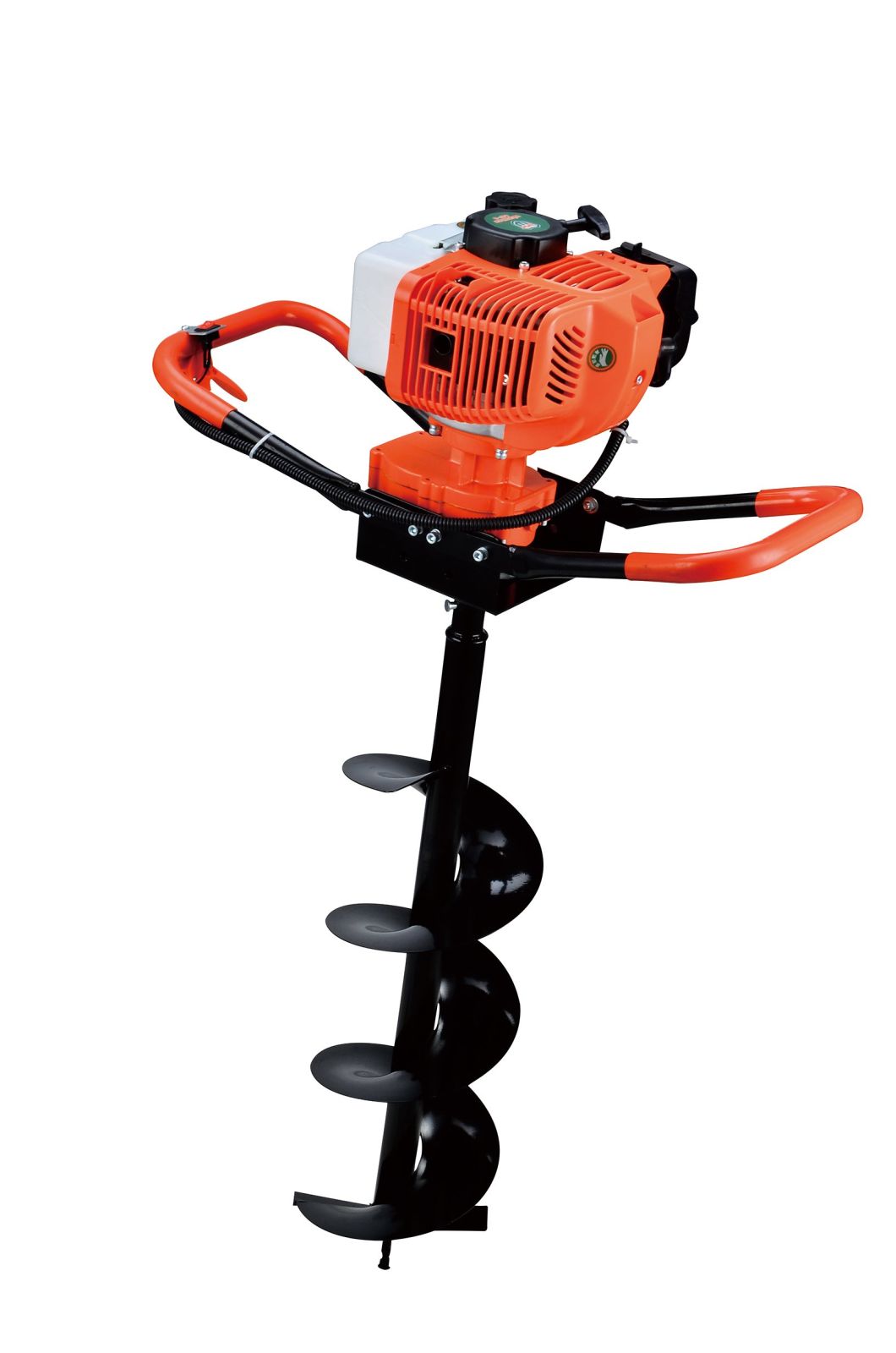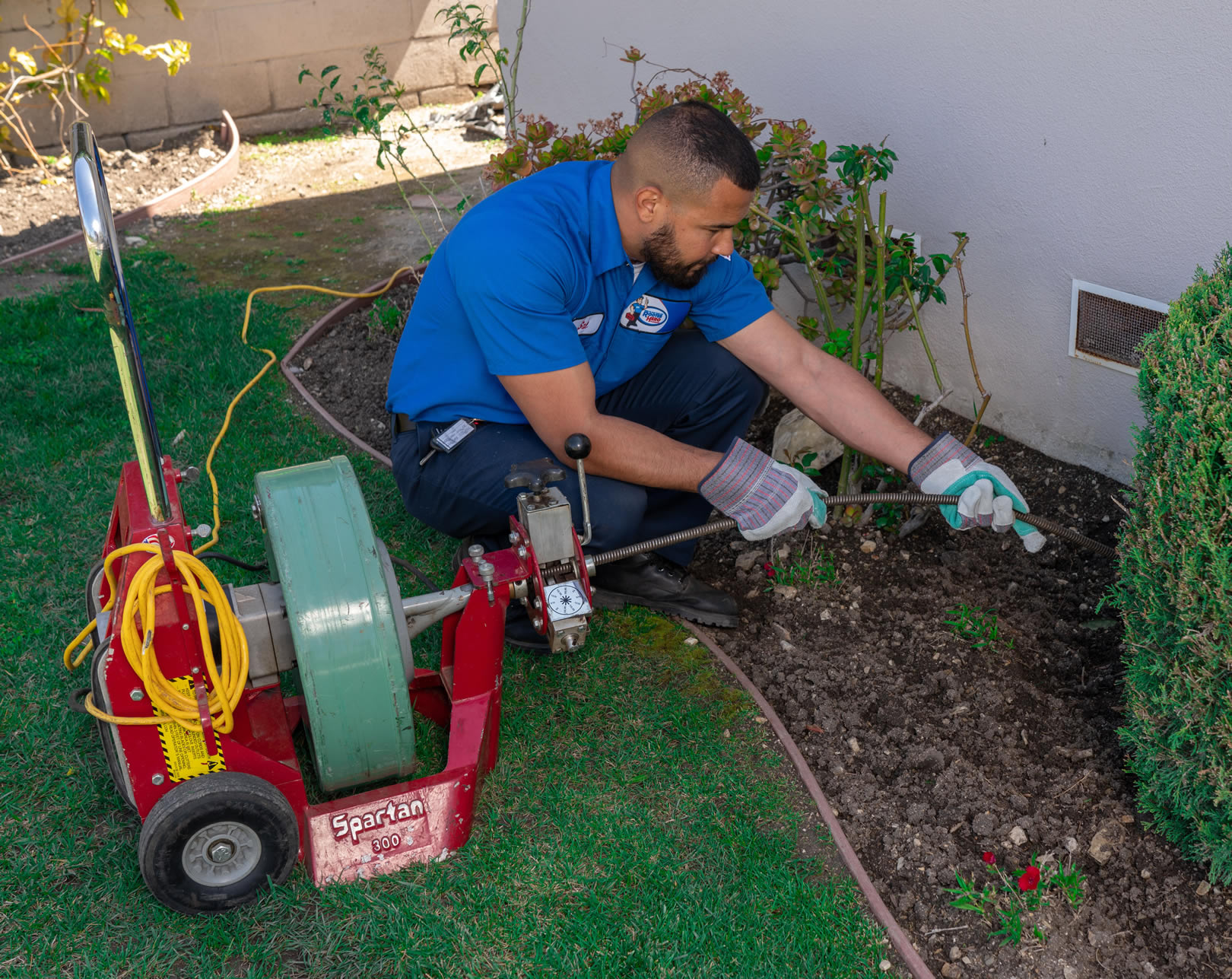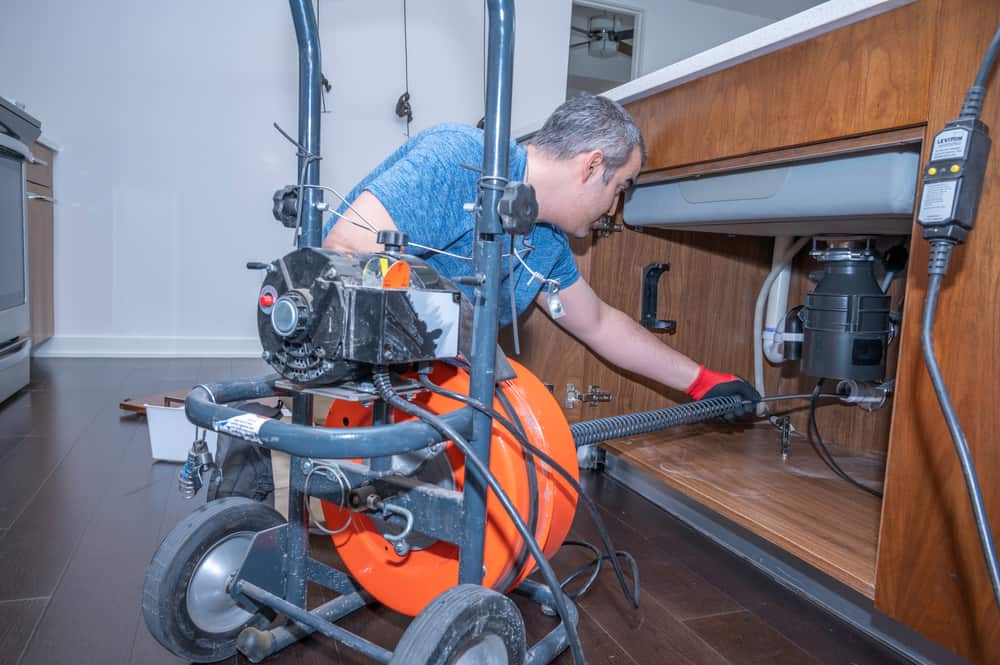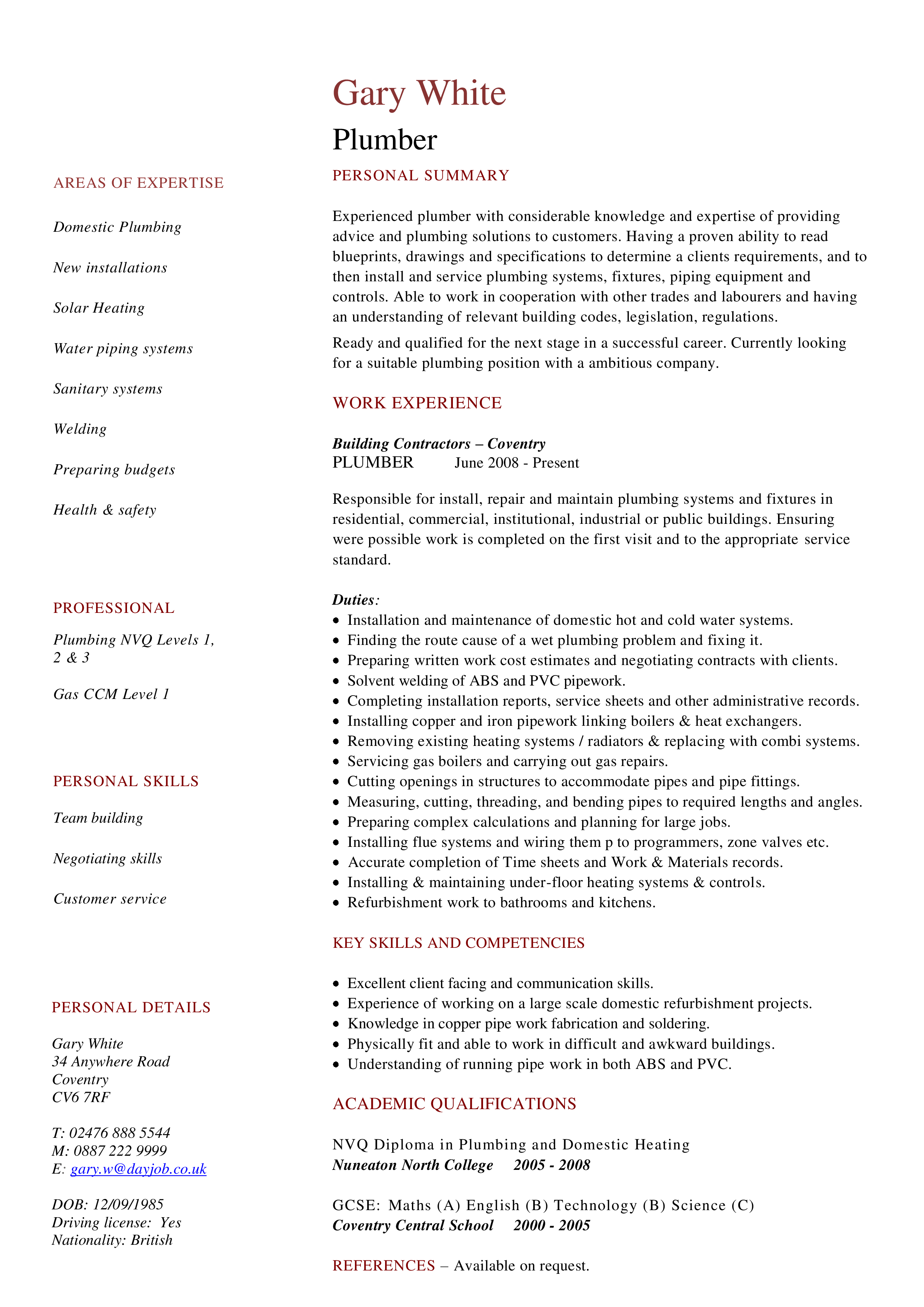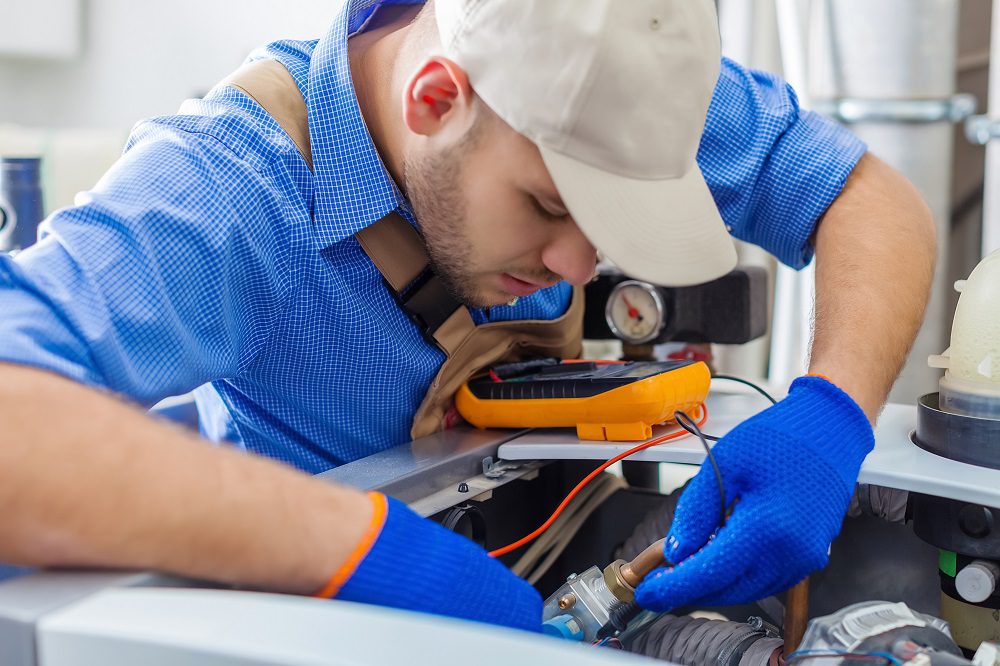If your kitchen sink is clogged, the first thing you should try is using a plunger. It's a simple and effective tool that can unclog most kitchen sink blockages. Make sure to cover the drain with the plunger and create a tight seal. Then, push and pull the plunger in a quick motion to create suction and loosen the clog. Repeat this a few times until the water starts to drain.1. Use a Plunger
For a natural and chemical-free solution, try using a mixture of baking soda and vinegar to unclog your kitchen sink. Start by pouring half a cup of baking soda down the drain, followed by half a cup of vinegar. The combination will create a foaming reaction that can help break down and loosen the clog. Let it sit for about 15 minutes before flushing it with hot water.2. Try a Mixture of Baking Soda and Vinegar
If the plunger and baking soda mixture didn't work, you can try using a plumbing snake to remove the clog. A plumbing snake, also known as a drain auger, is a long flexible tool that can reach deep into your drain to break apart the blockage. Insert the snake into the drain and turn the handle clockwise to extend it. Once you reach the clog, twist and push the snake to break it apart.3. Use a Plumbing Snake
Sometimes, all you need to unclog a kitchen sink is a pot of boiling water. Boil a large pot of water and carefully pour it down the drain in two to three stages, letting it sit for a few seconds in between. The hot water can help dissolve any grease or food particles that may be causing the clog.4. Pour Boiling Water Down the Drain
If the above methods didn't work, you can try using a chemical drain cleaner to dissolve the clog. However, be cautious when using these products as they can be harmful to your skin and eyes. Follow the instructions carefully and make sure to wear gloves and eye protection. Also, keep in mind that these cleaners can be damaging to your pipes if used too frequently.5. Use a Chemical Drain Cleaner
The P-trap, a curved pipe under your sink, is designed to catch debris and prevent it from going down the drain. However, this can also become a trap for food particles and grease, leading to a clogged sink. To clean it, place a bucket underneath the P-trap to catch any water, then remove the trap and clean it with hot water, a brush, and soap. Once it's clean, reattach it and run hot water to flush out any remaining debris.6. Remove and Clean the P-Trap
If you have a wet/dry vacuum, you can use it to unclog your kitchen sink. Set the vacuum to the wet setting and create a seal around the drain with a plunger head or a cloth. Turn on the vacuum and let it run for a few seconds to create suction and loosen the clog. Repeat this a few times until the water starts to drain.7. Use a Wet/Dry Vacuum
If you prefer a natural and DIY approach, you can make your own drain cleaner using household ingredients. One popular recipe is mixing equal parts of salt, baking soda, and vinegar. Pour the mixture down the drain and let it sit for about 15 minutes. Then, flush it with hot water to see if it worked. If not, you can repeat the process or try other homemade drain cleaner recipes using ingredients like lemon juice, dish soap, or even Alka-Seltzer tablets.8. Try a Homemade Drain Cleaner
If a regular plumbing snake is not enough to break apart the clog, you can try using a plumbing auger. This tool is similar to a plumbing snake but has a motorized auger that can rotate and break through tougher clogs. You can purchase or rent a plumbing auger from most hardware stores, but be sure to read the instructions carefully before using it.9. Use a Plumbing Auger
If all else fails, it may be time to call a professional plumber. They have the expertise and specialized tools to unclog even the toughest kitchen sink blockages. Plus, if the clog is caused by a more serious issue like a damaged pipe, a professional plumber can fix it and prevent further damage to your plumbing system. Remember to regularly maintain your kitchen sink to prevent clogs from happening in the first place. Avoid pouring grease and oil down the drain, use a drain cover to catch food particles, and run hot water after each use to help flush away any debris. With these tips and tricks, you can keep your kitchen sink running smoothly and avoid the hassle of dealing with a clogged drain.10. Call a Professional Plumber
Why it's Important to Keep Your Kitchen Sink Unclogged

Maintaining a functional and clean kitchen is an essential part of any household. The kitchen sink, being one of the most frequently used fixtures, can easily become clogged over time. This not only causes inconvenience but can also lead to potential health hazards. Unclogging your kitchen sink is a crucial task that should not be ignored.
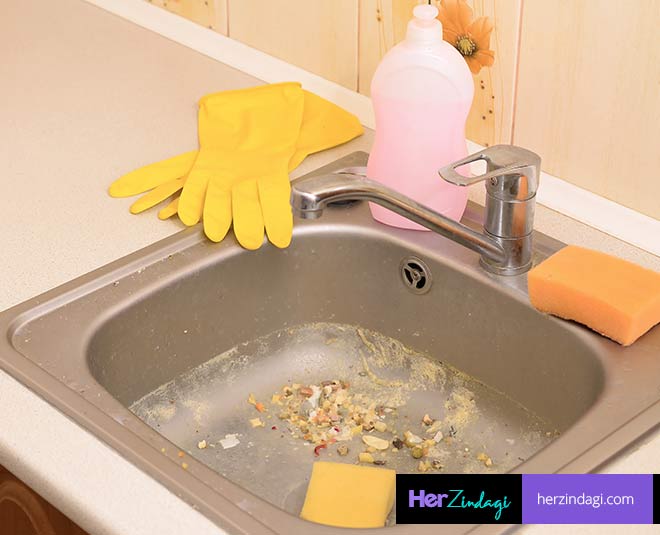
When your kitchen sink is clogged, it can lead to standing water, which becomes a breeding ground for bacteria and mold. This can contaminate your dishes and utensils, making them unsafe for use. Additionally, clogs can cause unpleasant odors to linger in your kitchen, making it an unpleasant and unhygienic environment.
Moreover, a clogged sink can also disrupt your daily routine. It can slow down your dishwashing and food preparation process, making it difficult to keep up with your busy schedule. By keeping your kitchen sink unclogged, you can maintain a smooth and efficient flow in your kitchen.
Effective Ways to Unclog Your Kitchen Sink

There are several methods that you can try to unclog your kitchen sink. One of the most common and effective ways is to use a plunger. Make sure to cover the overflow opening with a cloth or tape, then vigorously plunge the sink drain. This will create suction and help dislodge the clog.
You can also try using a mixture of baking soda and vinegar to break down and dissolve the clog. Simply pour a cup of baking soda down the drain, followed by a cup of vinegar. Let it sit for 10-15 minutes, then flush it with hot water.
If these methods do not work, you may need to remove the sink trap and manually remove the clog. It is important to use gloves and take necessary precautions when handling the trap to avoid any injuries or further damage to your sink.
Prevent Future Clogs With Regular Maintenance
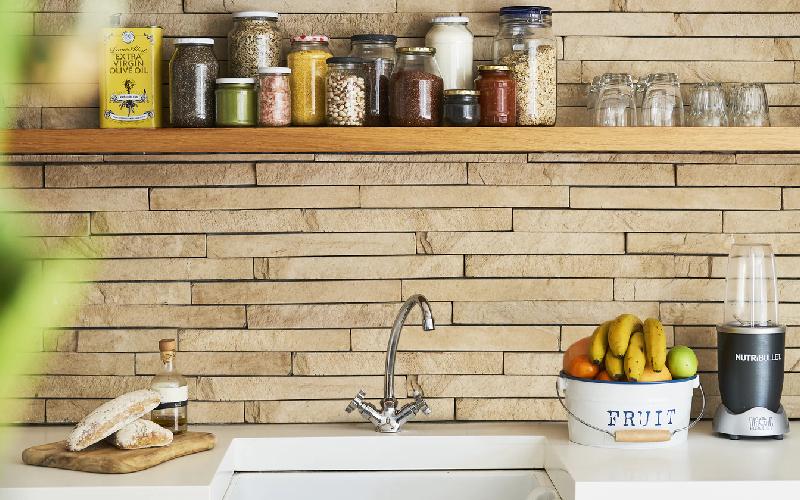
The best way to deal with a clogged kitchen sink is to prevent it from happening in the first place. Regular maintenance and proper usage can go a long way in keeping your sink unclogged. Avoid pouring grease, oil, and large food particles down the drain. Also, make sure to use a strainer to catch any debris before it goes down the drain.
In conclusion, a clogged kitchen sink can lead to various problems, both in terms of hygiene and functionality. By understanding the importance of keeping your kitchen sink unclogged and following these simple tips, you can maintain a clean and well-functioning kitchen. Don't let a clog disrupt your daily routine and affect the overall cleanliness of your home.
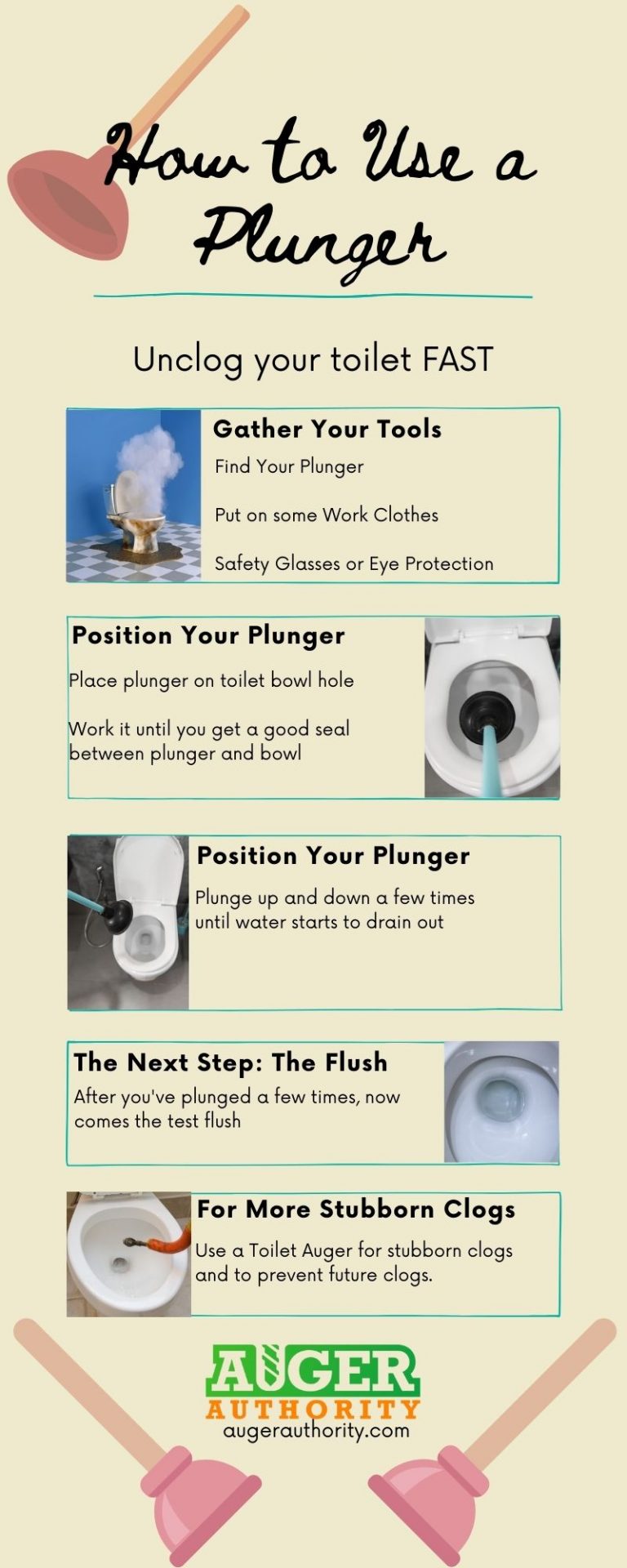
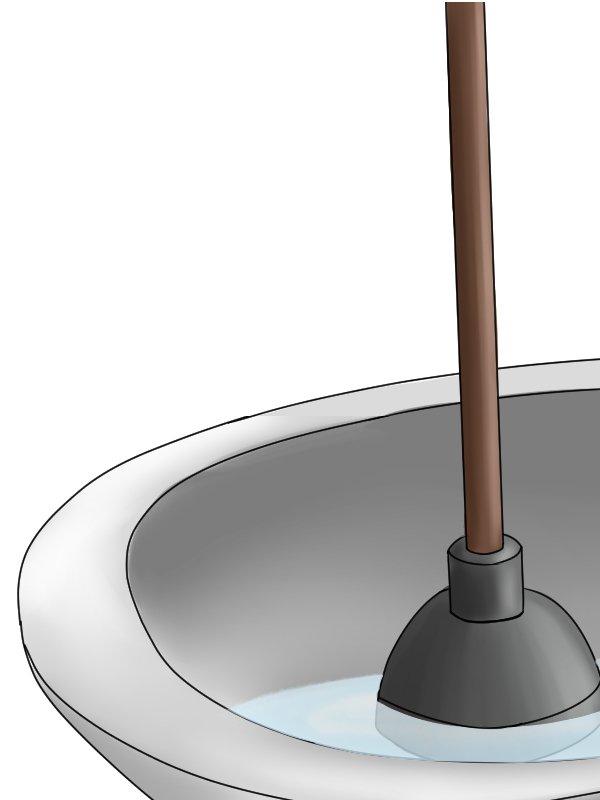

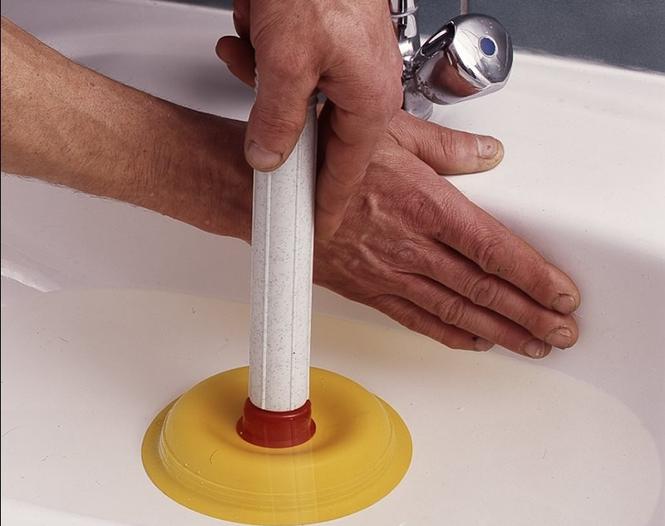
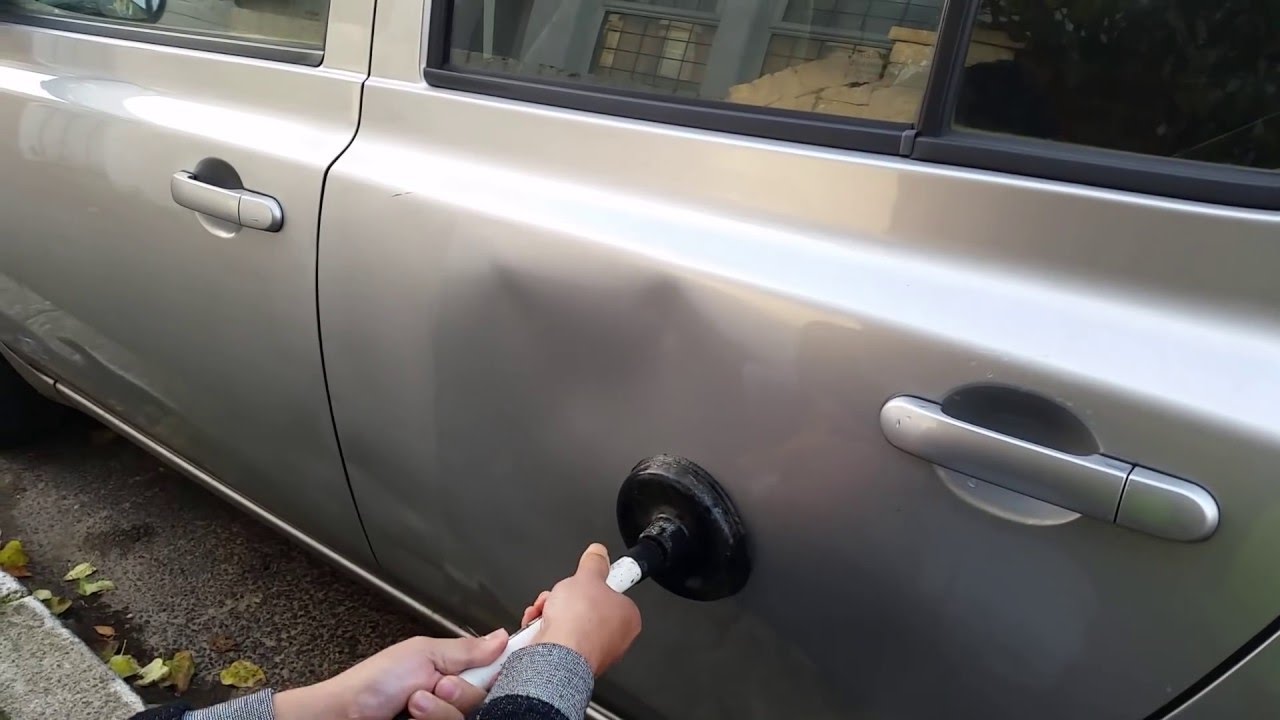
















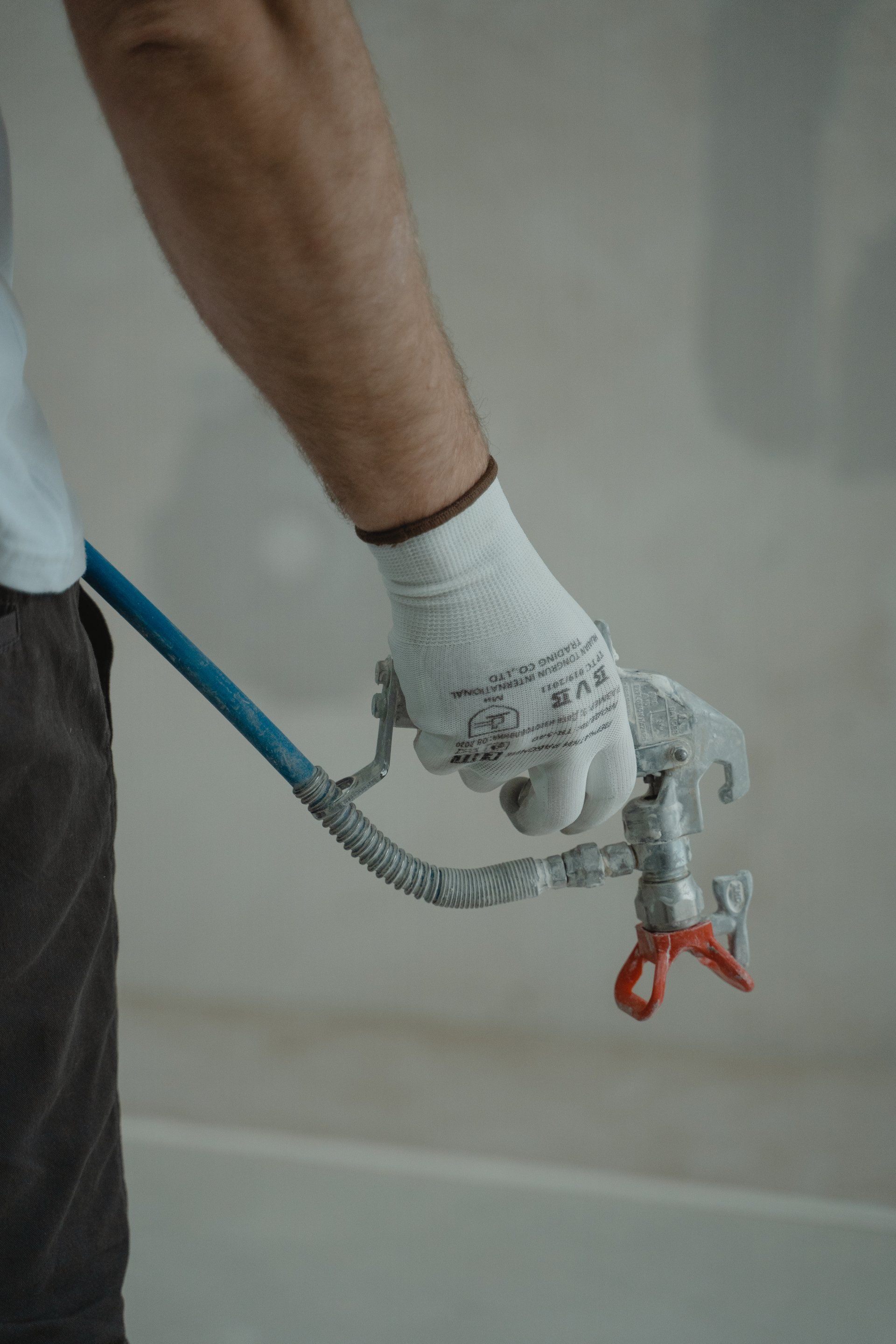

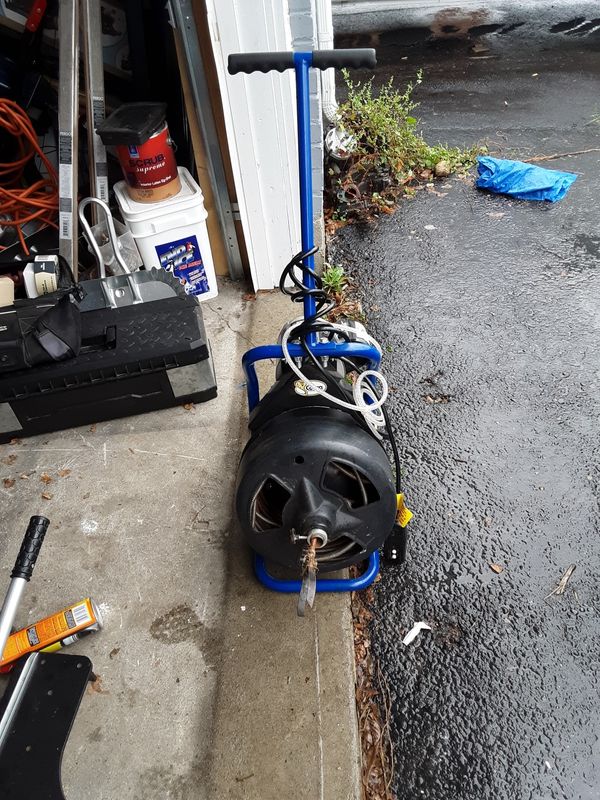
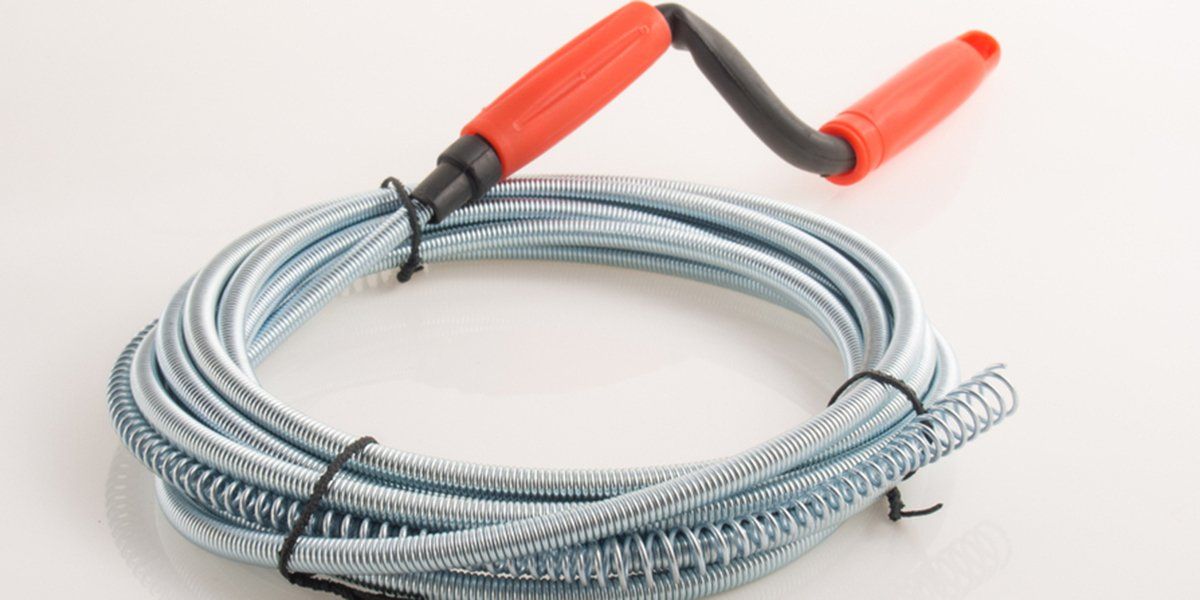





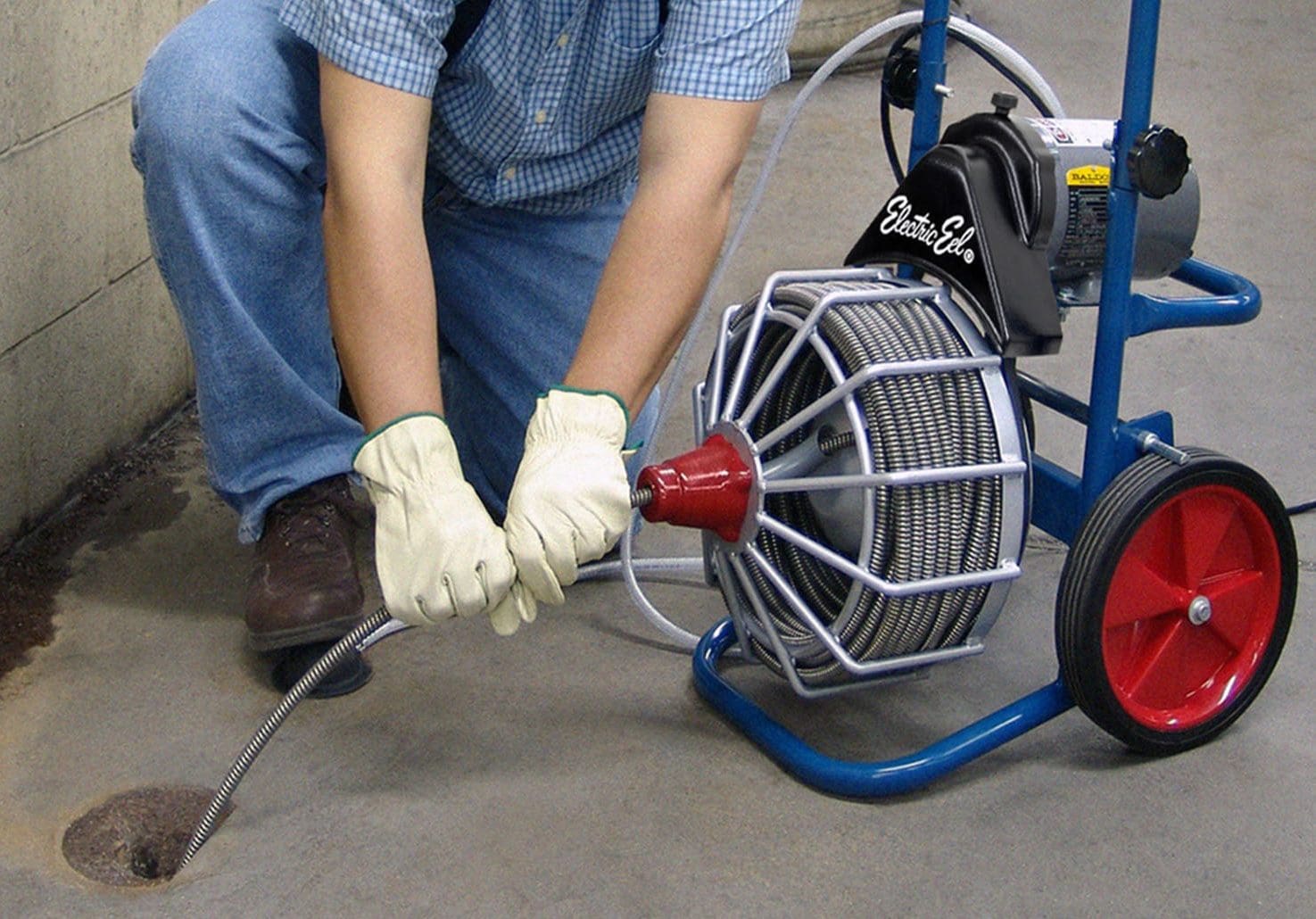
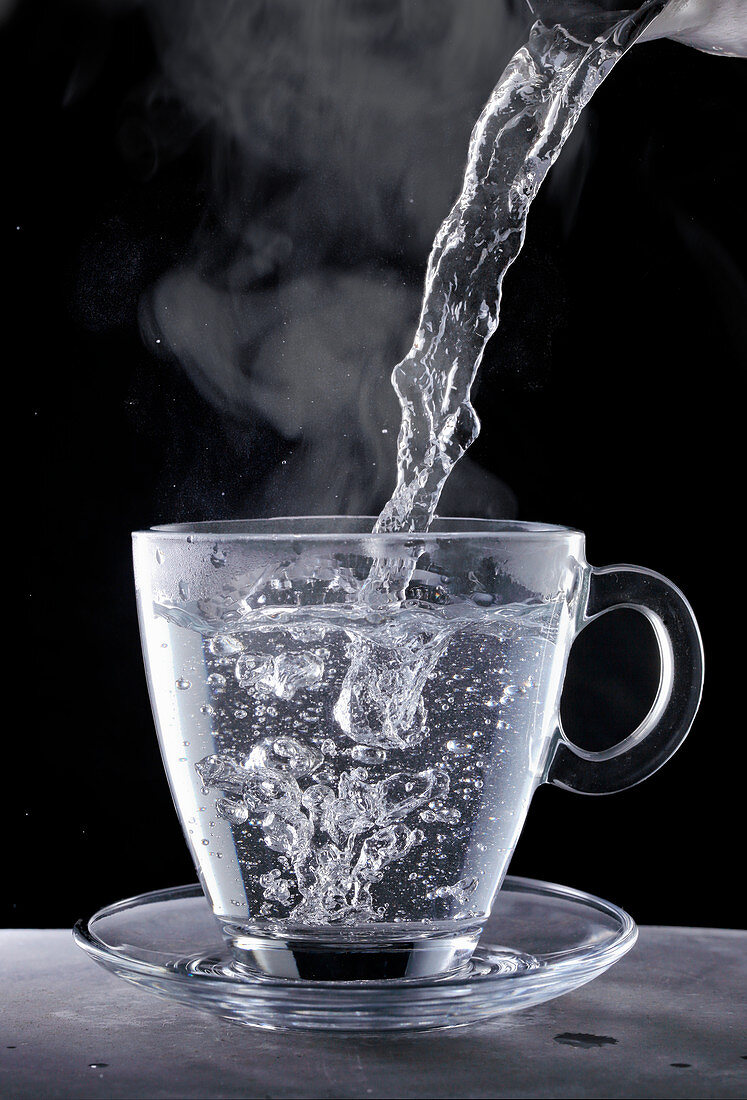


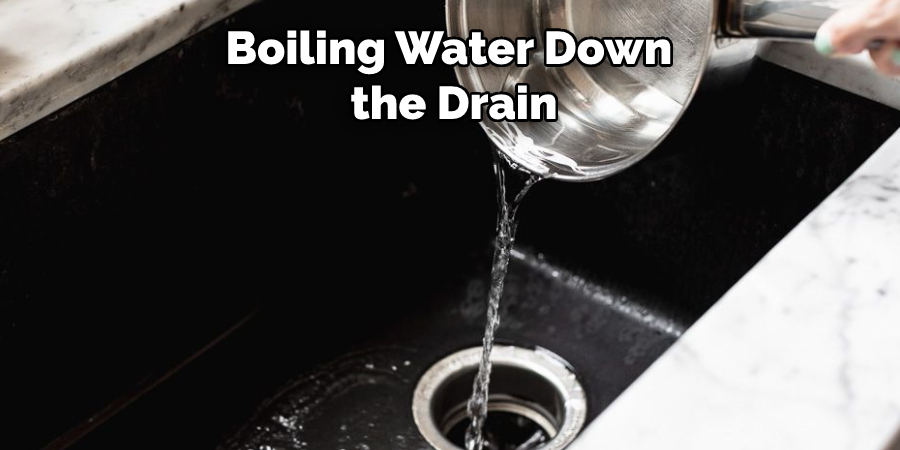
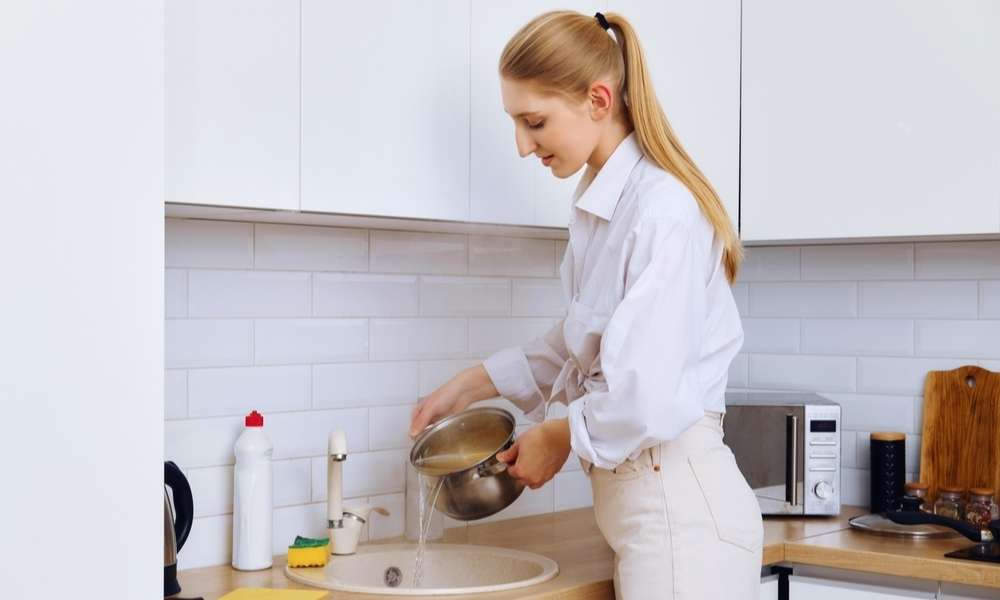
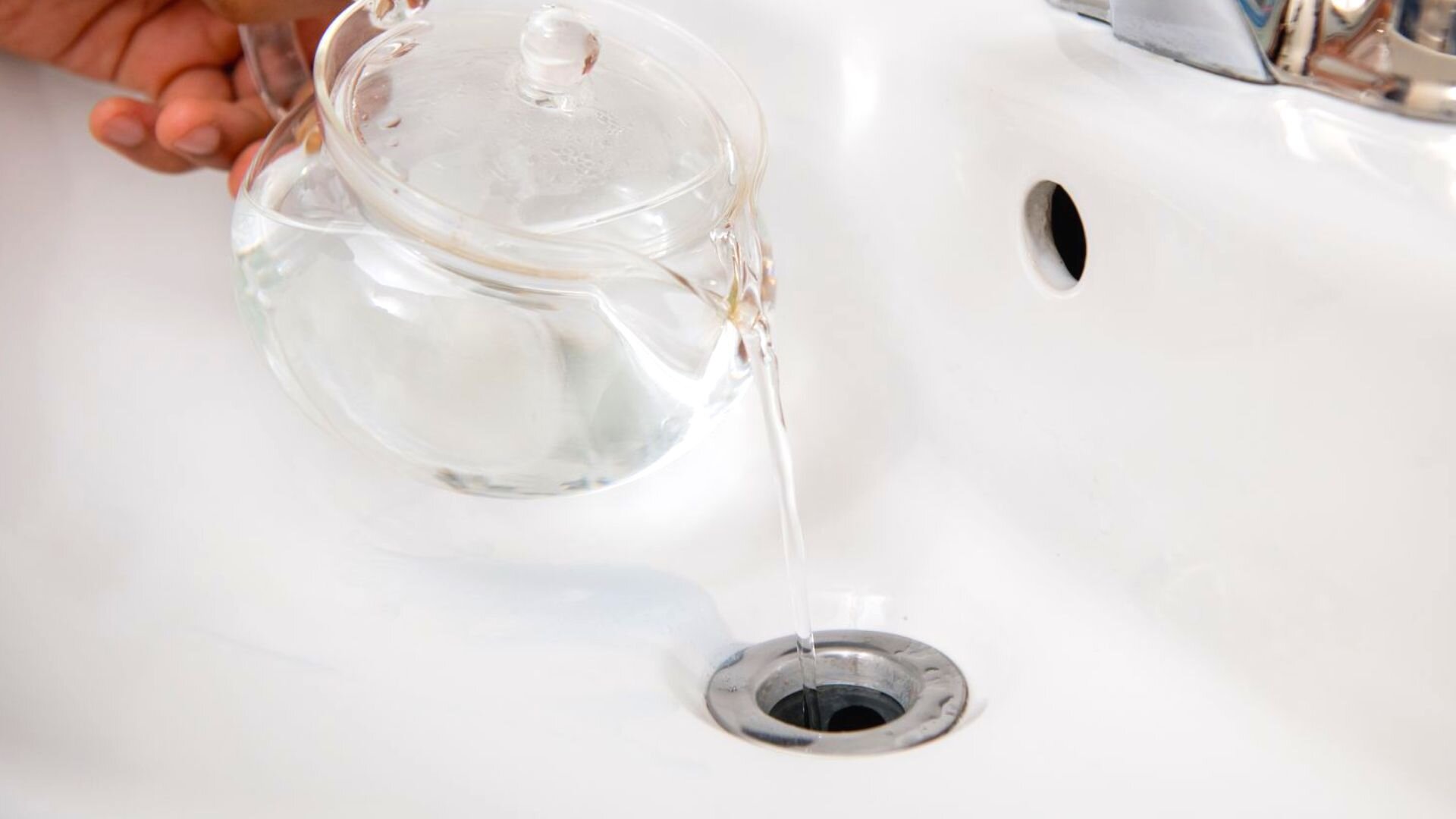

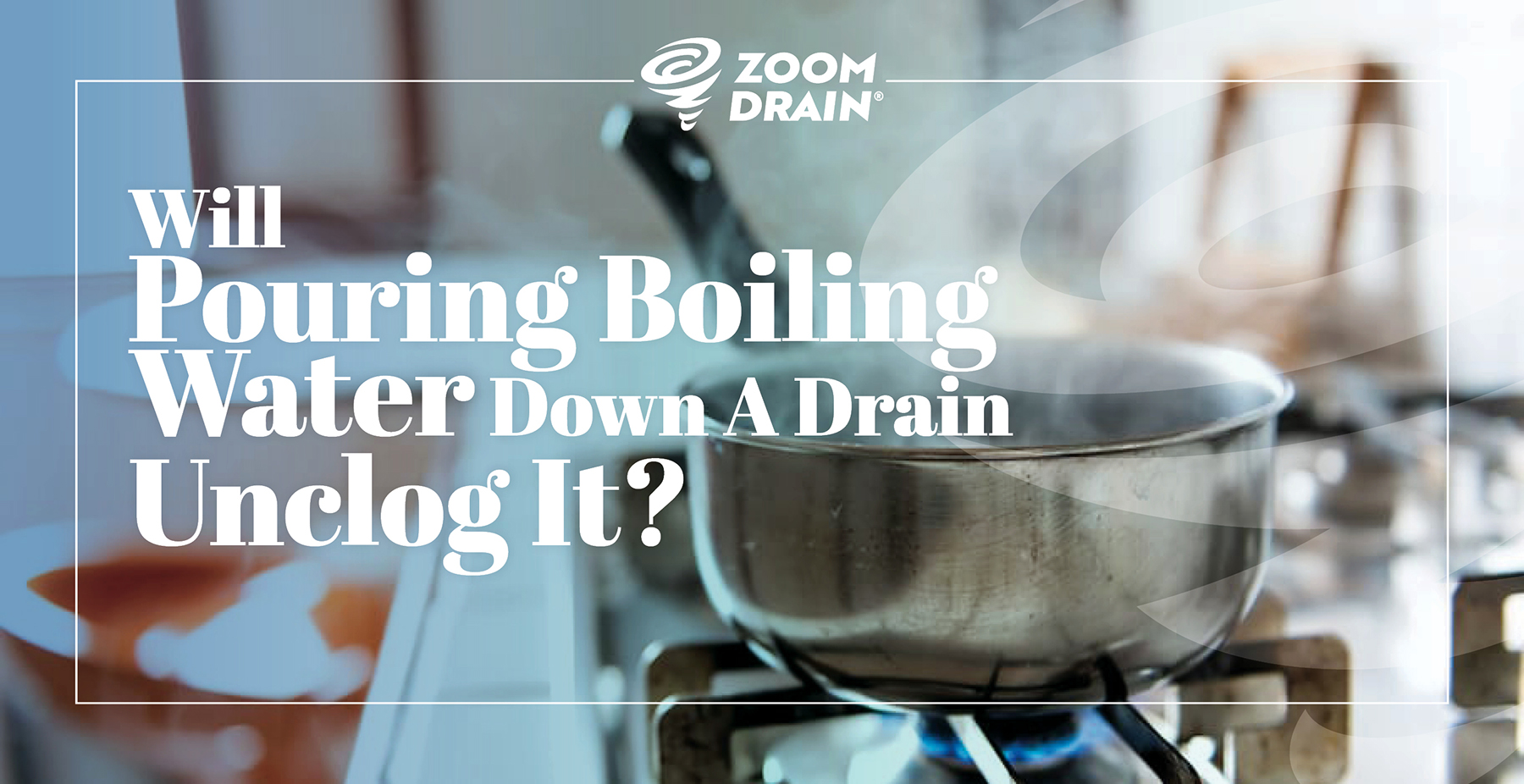
.jpg?time=1689761045394)

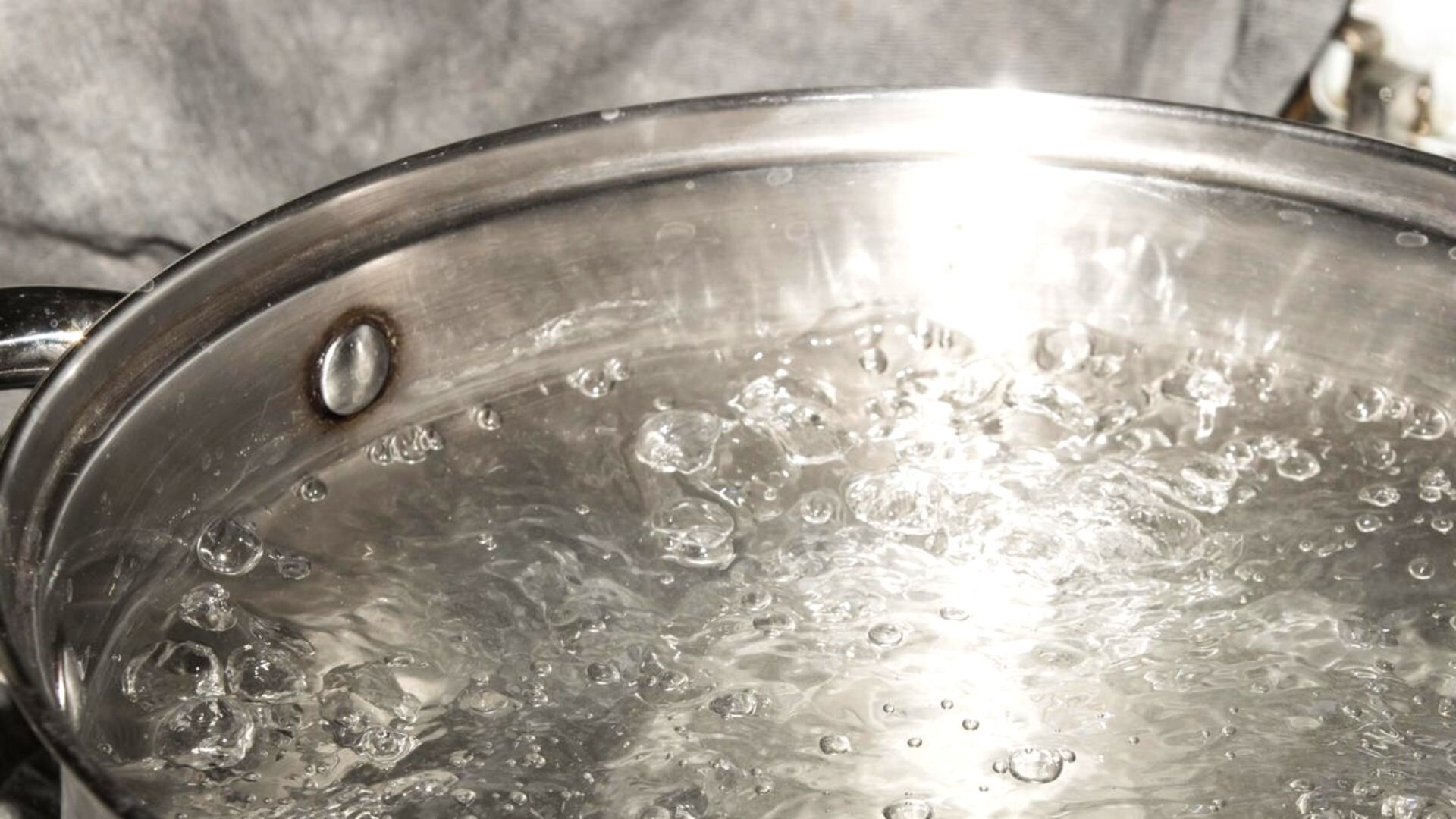
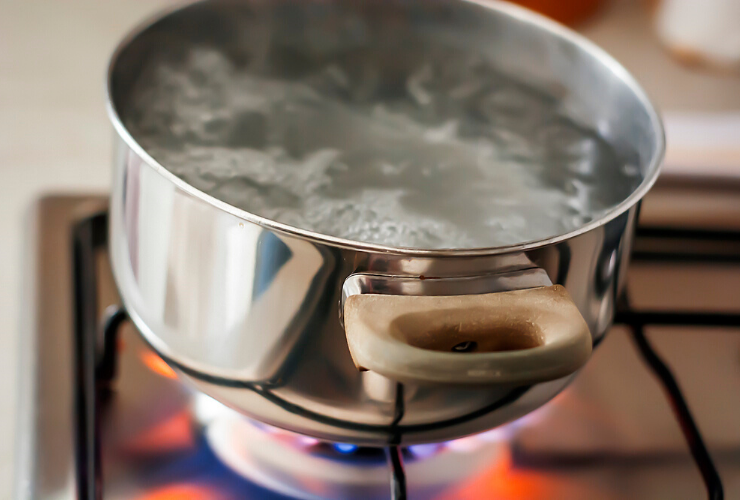
:max_bytes(150000):strip_icc()/GettyImages-1459148353-279aed56a15749c2a7310a882dbe3571.jpg)






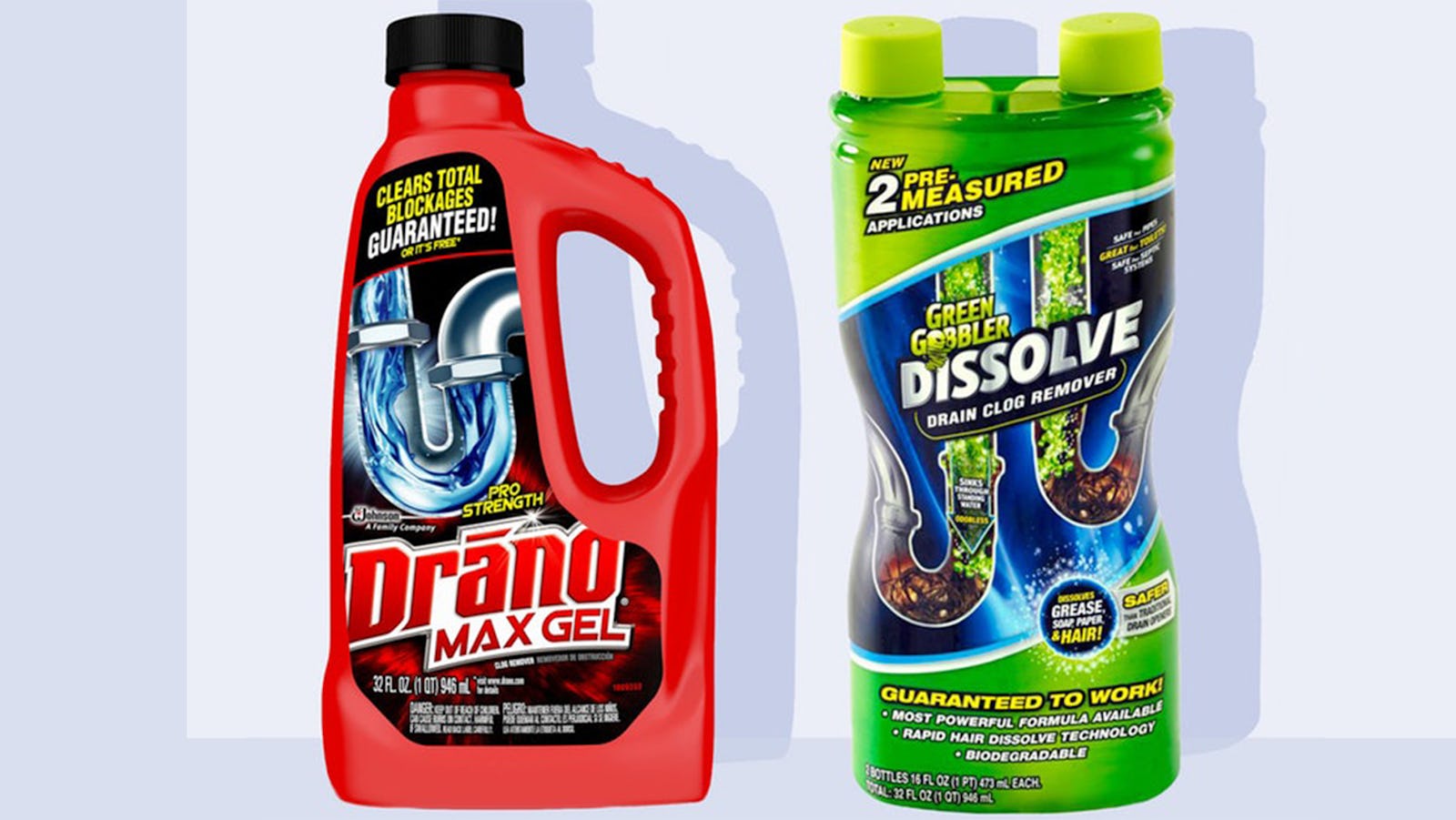

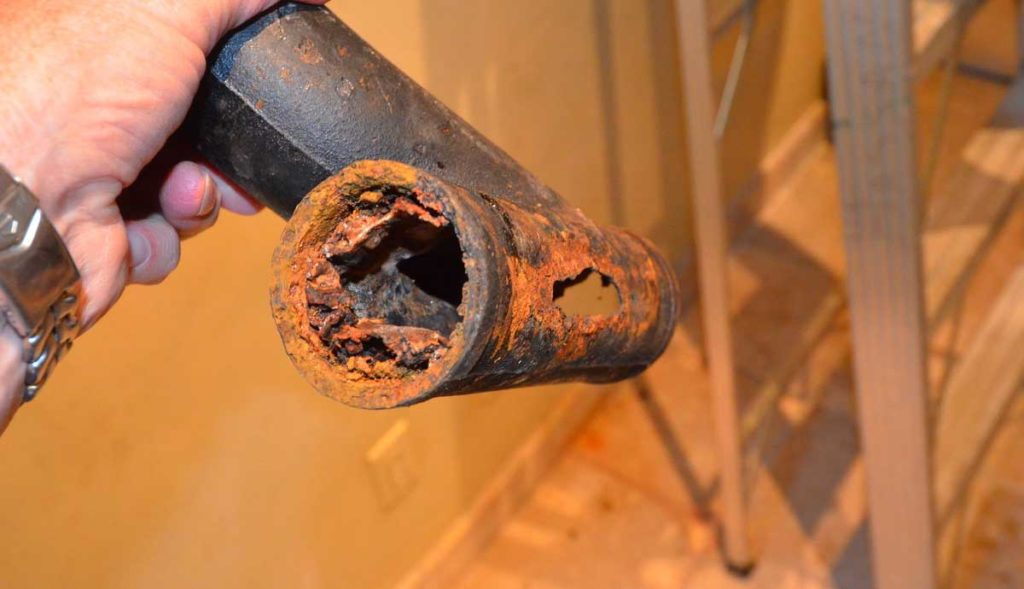




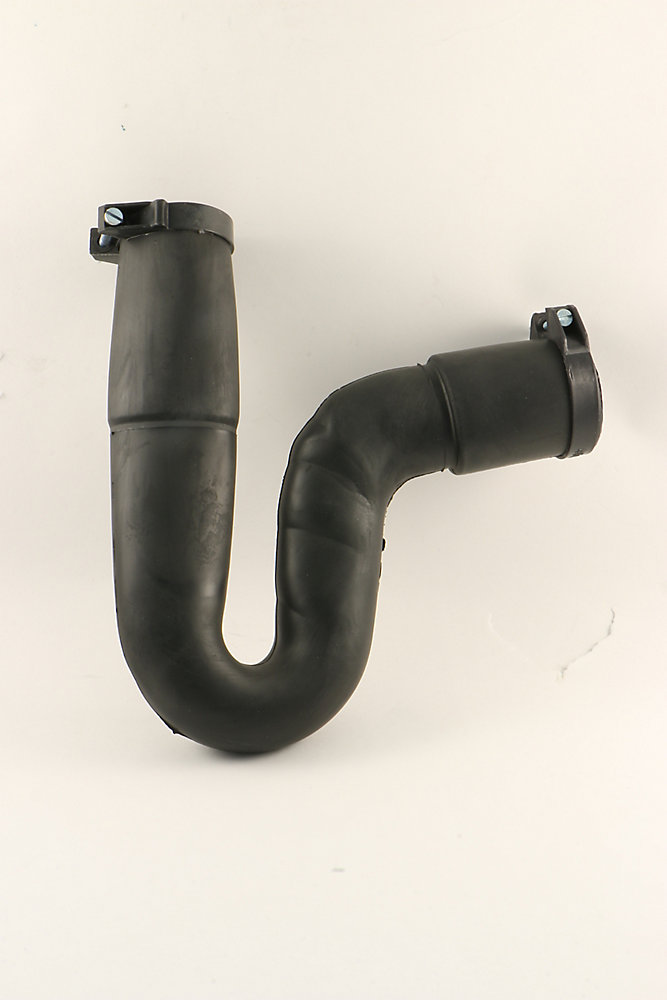




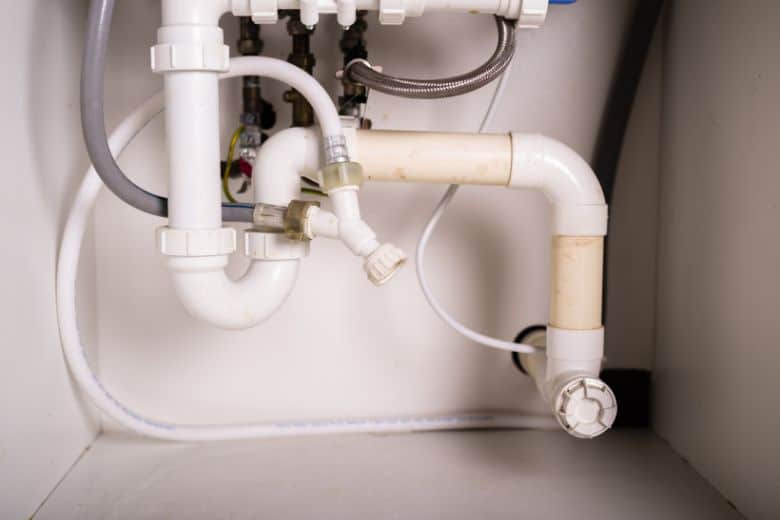








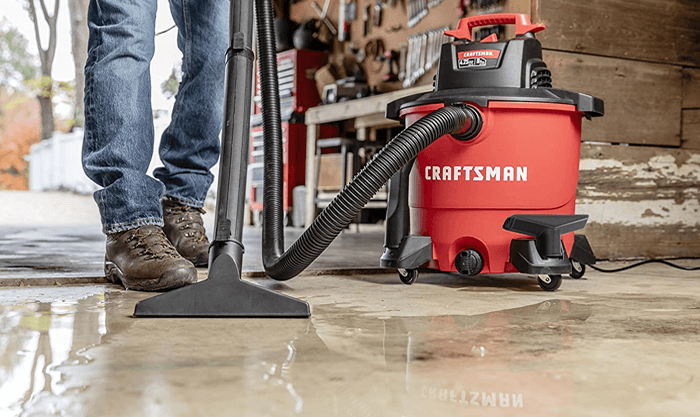


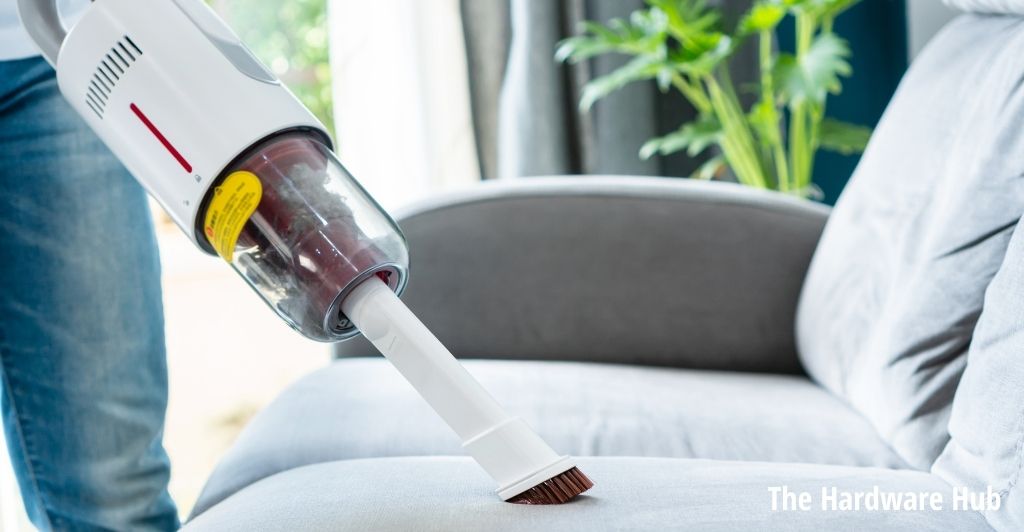









:max_bytes(150000):strip_icc()/homemade-drain-cleaner-2718784-10-d0d43469f00a45f6890b0a959d28cc8e.jpg)
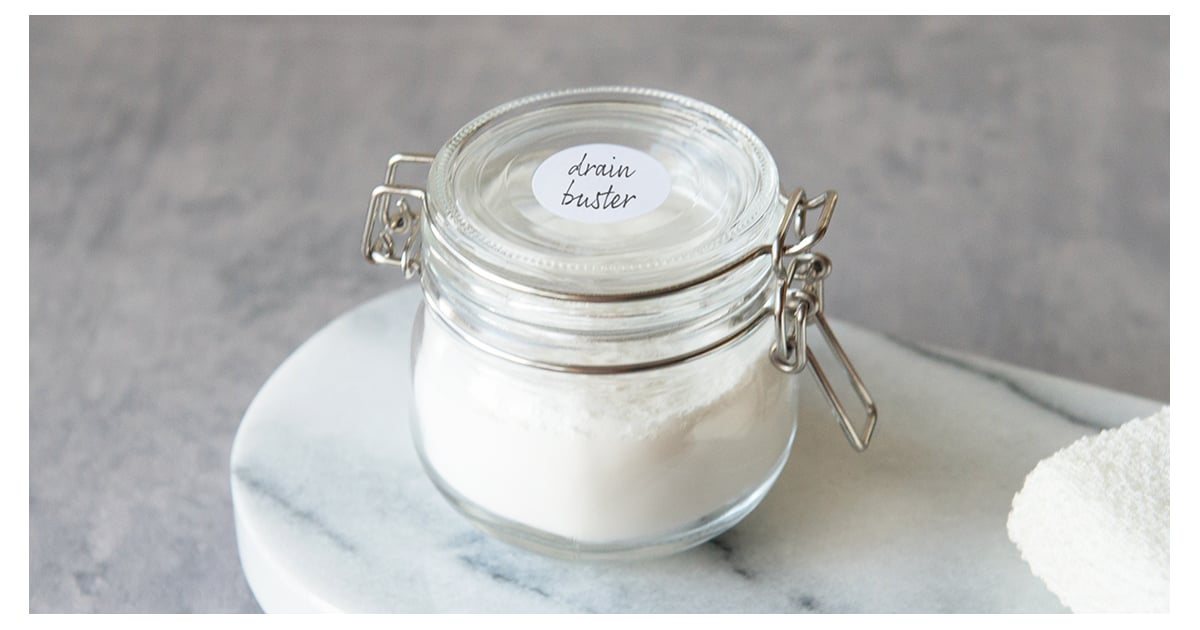

:max_bytes(150000):strip_icc()/homemade-drain-cleaner-2718784_01_1041-09a5264ba2a34698816e62a385f0895f.jpg)

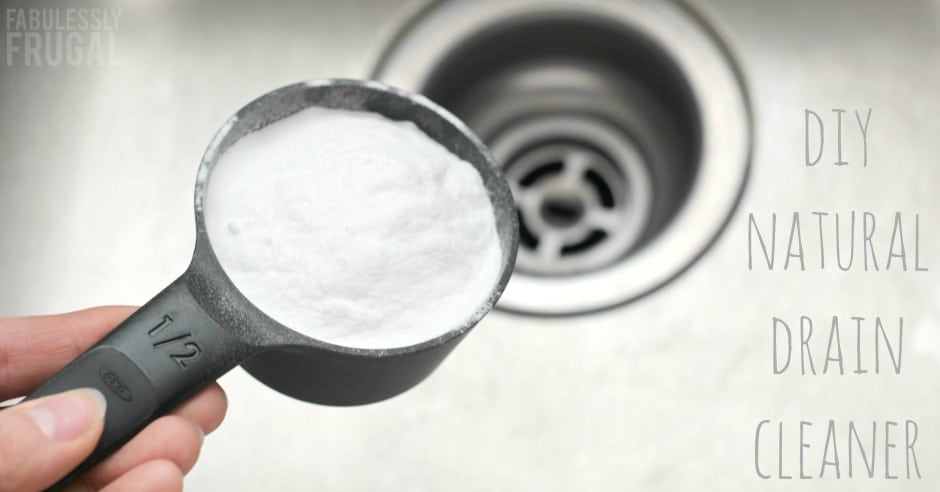
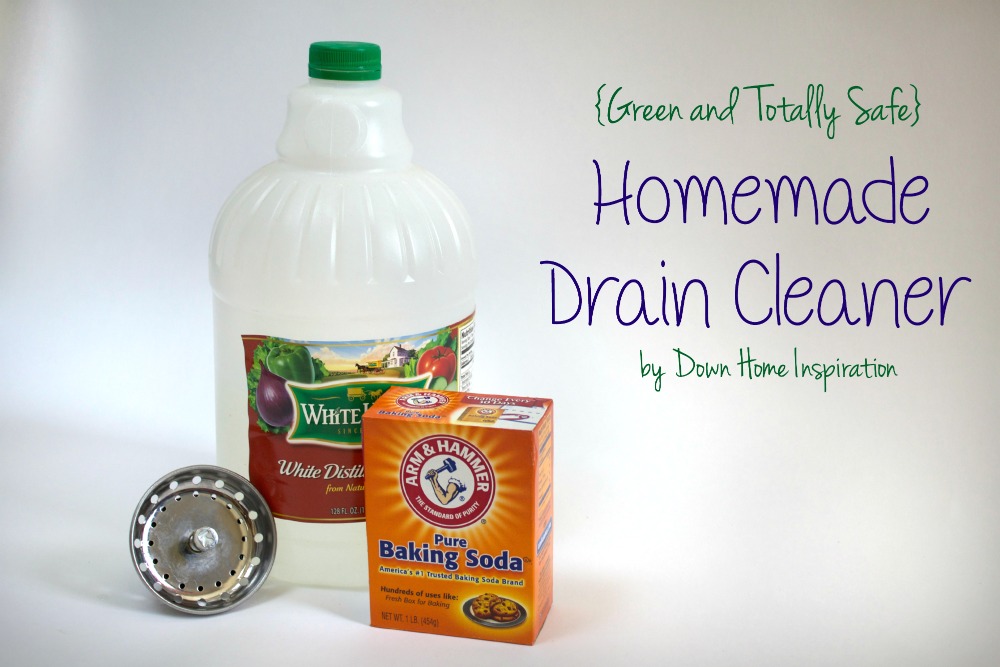
/homemade-drain-cleaner-2718784_final-359556aadfc74989bd3c4b4dcdc4d276.png)



